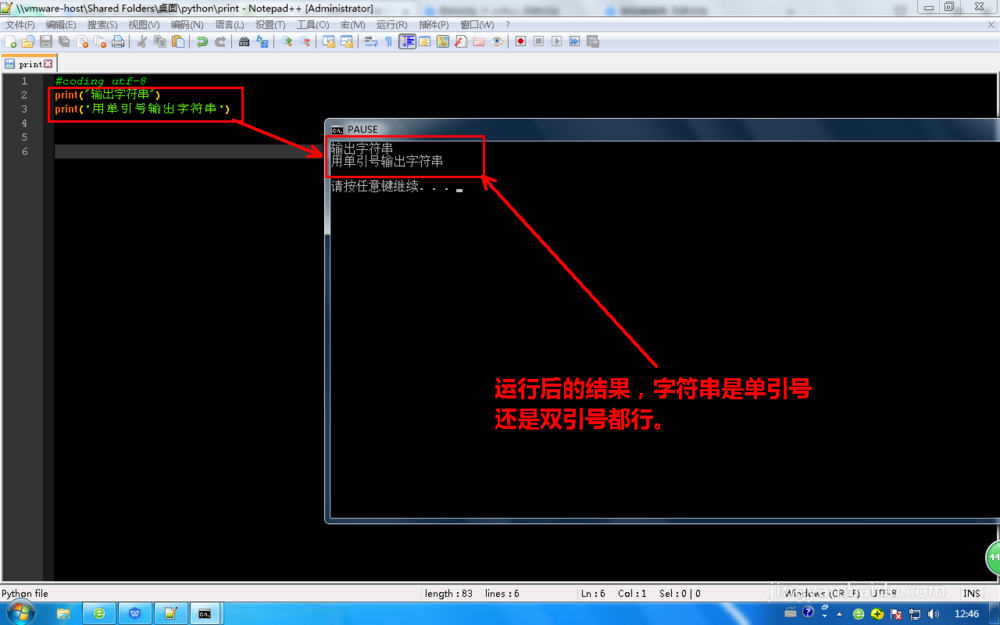python实现中文分词FMM算法实例
本文实例讲述了python实现中文分词FMM算法。分享给大家供大家参考。具体分析如下:
FMM算法的最简单思想是使用贪心算法向前找n个,如果这n个组成的词在词典中出现,就ok,如果没有出现,那么找n-1个...然后继续下去。假如n个词在词典中出现,那么从n+1位置继续找下去,直到句子结束。
import re
def PreProcess(sentence,edcode="utf-8"):
sentence = sentence.decode(edcode)
sentence=re.sub(u"[。,,!……!《》<>\"'::?\?、\|“”‘';]"," ",sentence)
return sentence
def FMM(sentence,diction,result = [],maxwordLength = 4,edcode="utf-8"):
i = 0
sentence = PreProcess(sentence,edcode)
length = len(sentence)
while i < length:
# find the ascii word
tempi=i
tok=sentence[i:i+1]
while re.search("[0-9A-Za-z\-\+#@_\.]{1}",tok)<>None:
i= i+1
tok=sentence[i:i+1]
if i-tempi>0:
result.append(sentence[tempi:i].lower().encode(edcode))
# find chinese word
left = len(sentence[i:])
if left == 1:
"""go to 4 step over the FMM"""
"""should we add the last one? Yes, if not blank"""
if sentence[i:] <> " ":
result.append(sentence[i:].encode(edcode))
return result
m = min(left,maxwordLength)
for j in xrange(m,0,-1):
leftword = sentence[i:j+i].encode(edcode)
# print leftword.decode(edcode)
if LookUp(leftword,diction):
# find the left word in dictionary
# it's the right one
i = j+i
result.append(leftword)
break
elif j == 1:
"""only one word, add into result, if not blank"""
if leftword.decode(edcode) <> " ":
result.append(leftword)
i = i+1
else:
continue
return result
def LookUp(word,dictionary):
if dictionary.has_key(word):
return True
return False
def ConvertGBKtoUTF(sentence):
return sentence.decode('gbk').encode('utf-8')
dictions = {}
dictions["ab"] = 1
dictions["cd"] = 2
dictions["abc"] = 1
dictions["ss"] = 1
dictions[ConvertGBKtoUTF("好的")] = 1
dictions[ConvertGBKtoUTF("真的")] = 1
sentence = "asdfa好的是这样吗vasdiw呀真的daf dasfiw asid是吗?"
s = FMM(ConvertGBKtoUTF(sentence),dictions)
for i in s:
print i.decode("utf-8")
test = open("test.txt","r")
for line in test:
s = FMM(CovertGBKtoUTF(line),dictions)
for i in s:
print i.decode("utf-8")
运行结果如下:
asdfa
好的
是
这
样
吗
vasdiw
呀
真的
daf
dasfiw
asid
是
吗
?
希望本文所述对大家的Python程序设计有所帮助。
